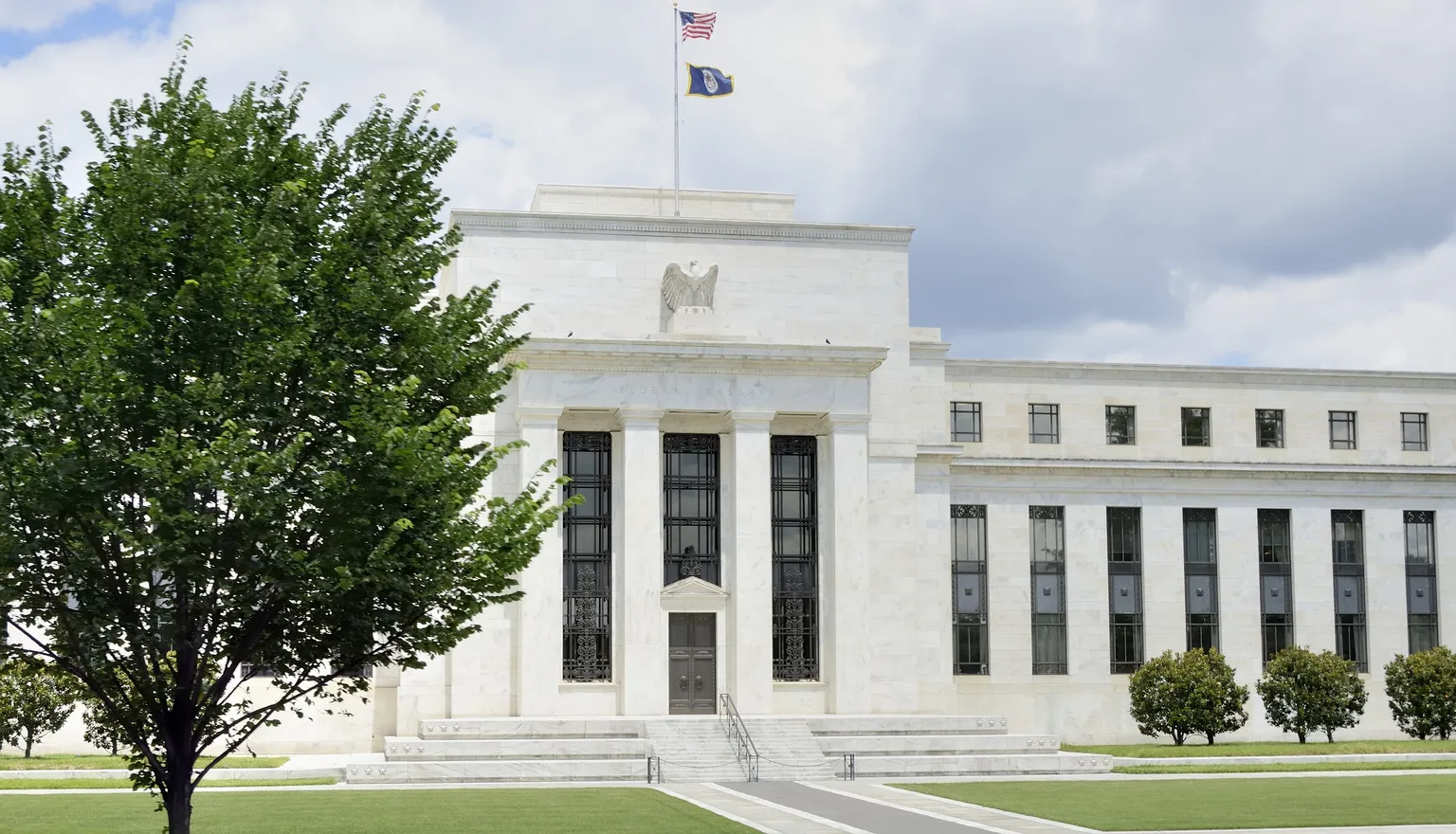Fed Considering New Liquidity Rule for Banks Amid Economic Challenges

Understanding the New Liquidity Rule
The Federal Reserve is weighing a new liquidity requirement for financial institutions. This move aims to enhance liquidity buffers and promote stability within the banking system. Vice Chair for Supervision, Michael Barr, emphasized the importance of this regulatory shift in addressing potential financial vulnerabilities.
Implications for Banks
- Increased Compliance Costs: Banks may face higher operational costs to meet these new liquidity regulations.
- Improved Risk Management: Stricter liquidity requirements can lead to better risk assessment and management practices.
- Investor Confidence: Enhanced liquidity could strengthen investor trust in the banking sector.
Conclusion: The Future of Banking Regulation
As the Fed deliberates on this significant regulatory change, stakeholders must stay informed. Monitoring developments in liquidity requirements will be crucial for understanding the broader financial landscape.
This article was prepared using information from open sources in accordance with the principles of Ethical Policy. The editorial team is not responsible for absolute accuracy, as it relies on data from the sources referenced.